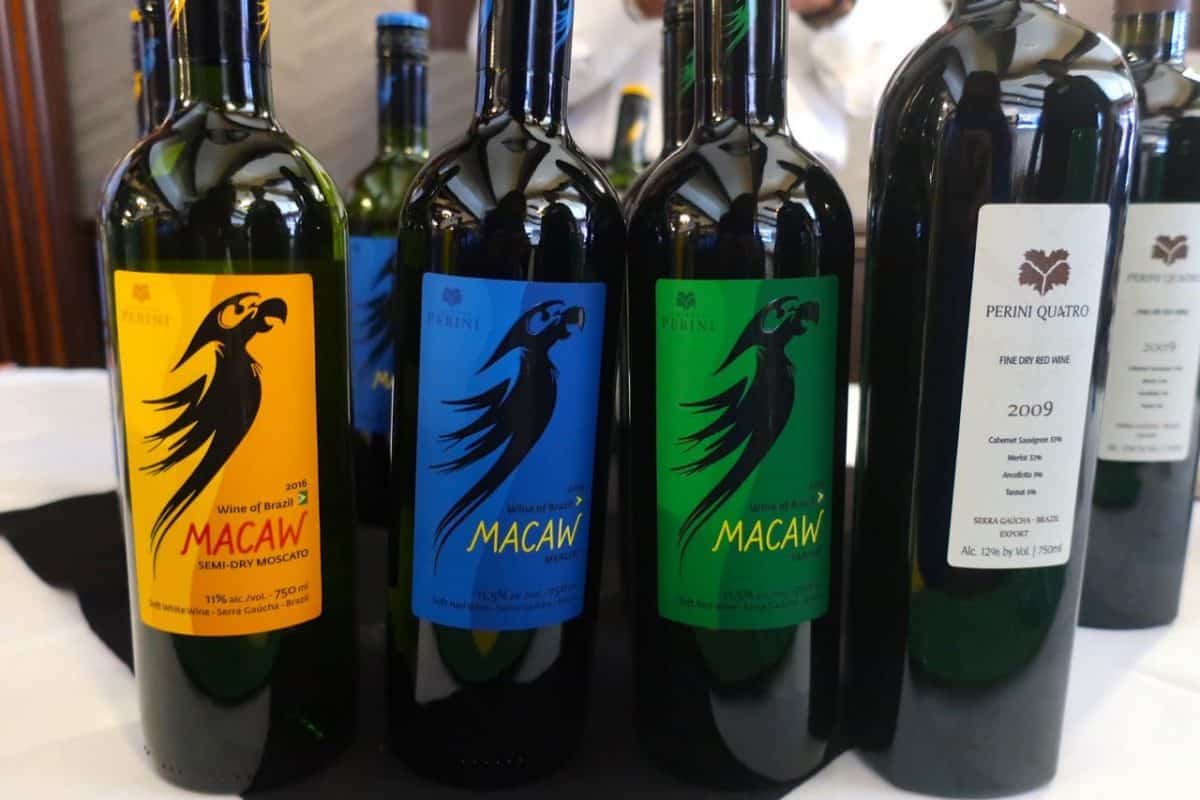For Cuisine Noir Magazine. October 2018.
Next time when you sit at a bar or browse the wine racks at your neighborhood wine retailer, expand your horizon beyond the well-known wine growing regions of the world. Most of us gravitate towards the familiar French, Italian, South African or Argentinean bottles for a little flavor of the world. However, there are some lesser known countries that are also producing great quality wines. Often, the production is too small for global distribution, but here are a few that are easily available at your neighborhood wine shop.
Croatia
The Dalmatian Coast overlooking the Adriatic Sea is dotted with small vineyards growing local plavac mali and pošip grapes. Cool winds and temperate climate make it ideal for white grapes and crljenak kaštelanski, which is the parent grape of what’s now known as zinfandel. It was Croatian born Miljenko “Mike” Grgich who brought these to the Napa Valley and Croatian wines are now gaining significant international recognition. Visit his Grgich Hills Estate in Rutherford or board the Napa Valley Wine Train for a private tasting and tour.
Lebanon
Although Lebanon has been producing wine for a few hundred years, it was the French influence during the World Wars that promoted a sophisticated culture of wine drinking in Beirut. Most of the wineries are in the southern Beqaa Valley growing, cabernet sauvignon, merlot and Rhone varieties. Founded in 1857 by Jesuit priests (though no longer affiliated), Château Ksara developed the first dry wine in Lebanon, which is still available in 42 countries.
Moldova
Moldova is one of the largest wine producers in the world, exporting over 67 million bottles annually. The country’s southern region is best known for red and semi-sweet varieties. One of the major attractions in Moldova is “Mileștii Mici” — the largest wine collection in the world with almost 2 million bottles according to the Guinness Book and Cricova, an underground winery that stretches for 75 miles.
Georgia
Archeological digs prove that wine production in Georgia dates back 8,000 years when grape juice was buried underground in clay jars for fermentation. To date, wine is produced by small farmers, monasteries and wineries in traditional ways. Kakheti is the most popular wine-growing region in Georgia producing sweet and dry varieties. Winery Khareba is one of the most visited wineries in the country, located in a tunnel carved from the Caucasian Mountain range.

Brazil
Italian immigrants have been making wine in Brazil since the mid -19thcentury. More than 1,000 wineries have emerged in Brazil in the last 20 years, most of them located in the southernmost state of Rio Grande do Sul. These are mostly good quality sparking varieties such as cava, charmat and muscat, as well as few young, easily drinkable table reds. The Serra Gaúcha region is also emerging as a popular wine destination with quaint resorts located on vineyards. Macaw, recognizable by a logo of the tropical bird, makes the most extensive variety of Brazilian wines that are available globally.
Morocco
Algeria and Morocco in northern Africa benefit from high mountains and cool Atlantic breezes that allow for the right climate for growing wine. Here too, French colonists introduced large-scale production of wine. Morocco has five distinct wine regions producing rosé, cabernet sauvignon, merlot, syrah, clairette blanche and muscat. Trinity Oaks Chardonnay and Amazir red blend are available at most Total Wine shops around the U.S.
Tanzania
Tanzania is the second largest producer of wine in Sub-Saharan Africa after South Africa. Thanks to South African investors and Tanzanian government-established Dodoma Wine Company (Dowico), local farmers are incentivized to grow and experiment with different types of grapes. Dodoma-based Central Tanzania Wine Company (Cetawico) is perhaps the most popular one, producing light and fruity chenin blanc, syrah, cabernet sauvignon and a local variety named for a Dodoma sub-region, Makutupora.
~Written for Cuisine Noir Magazine. October 2018.